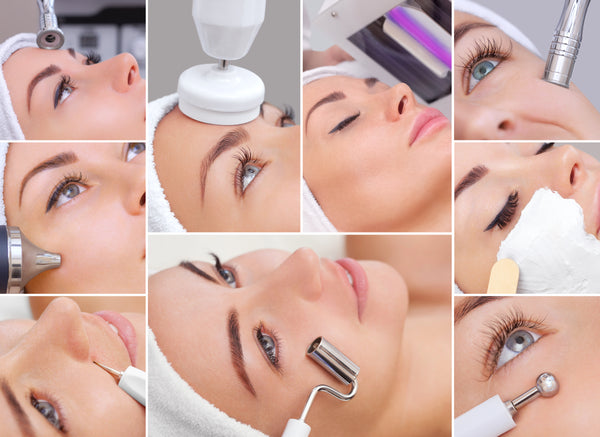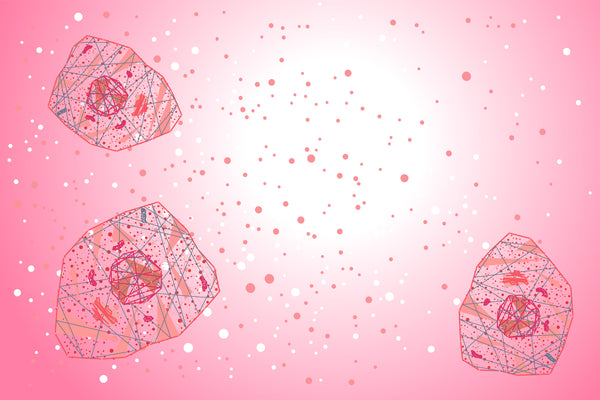The Importance of Vitamin A
Vitamin A is an essential nutrient needed by the body for vision, growth, reproduction, immunity, and skin health. It belongs to a family of organic chemicals called retinoids. In the 1930’s it was first suggested that aging skin is directly caused by a vitamin A deficiency. Then, in the 1950’s, professor Cluver of South Africa proved that vitamin A levels in the skin are depleted with sun exposure. Evidently, Vitamin A is an essential ingredient needed to keep the skin functioning at its optimal level. It also needs to be replaced topically every day due to the effects of the sun and depletion through sun exposure. There are several forms of vitamin A that are used in skin care including retinoic acid, retinaldehyde, retinol, retinyl palmitate, and retinyl acetate.
Various Forms of Vitamin A
Retinoic acid, only available in prescription medications, is the form that the DNA in our cells utilize. When retinoic acid is applied directly to the skin it can create inflammation and cause sensitivity. This can make some clients think it is more effective, but that is simply not true. Eventually, all forms of vitamin A applied to the skin convert to retinoic acid. Retinaldehyde, commonly called retinal, is only one step away from retinoic acid in the metabolic process of converting. When retinal is applied topically, virtually all of it is converted to retinyl esters only a fraction are converted to retinoic acid (Eiselen, 2015).
Retinol is the most commonly used form of vitamin A in professional and over the counter products. The majority of topically applied retinol is also converted to retinyl palmitate, leaving a small amount left to eventually convert to retinoic acid. Retinol works effectively but can also cause irritation to the skin if vitamin A receptors on the cells are not built-up slowly. For this reason, it is best to use after building up on the ester forms of vitamin A which include retinyl palmitate, retinyl acetate, and retinyl propionate. They are much gentler on the skin but still as effective. The esters are stored in the liver, skin, and cells. More than 80% of all vitamin A in the skin is in the form of esters, while other forms each constitute about 3% of the total vitamin A in the skin. (Eiselen, 2015) Essentially, all forms of vitamin A have the same effects as retinoic acid if the dose applied is equivalent. (Eiselen, 2015)
Benefits of Vitamin A
Retinoids are essentially known as skin normalizers; they regulate all the healthy functions of the skin. Topical application of vitamin A reduces hyperpigmentation as melanin becomes more evenly distributed. Vitamin A improves barrier function which is essential for protection and hydration. The appearance of fine lines and wrinkles are reduced due to the stimulation of fibroblasts promoting collagen and elastin production. Those with acneic skin conditions also benefit from Vitamin A since it regulates sebum production and improves cell turnover. It supports the immune functions of the skin which is necessary to fight off potential invaders. Retinoids potentiate the growth of basal cells, causing a thickening of the epidermis. There are several ingredients that improve the appearance of the skin, but vitamin A is the true skin vitamin needed by everyone, everyday to maintain healthy, youthful skin!



0 comments